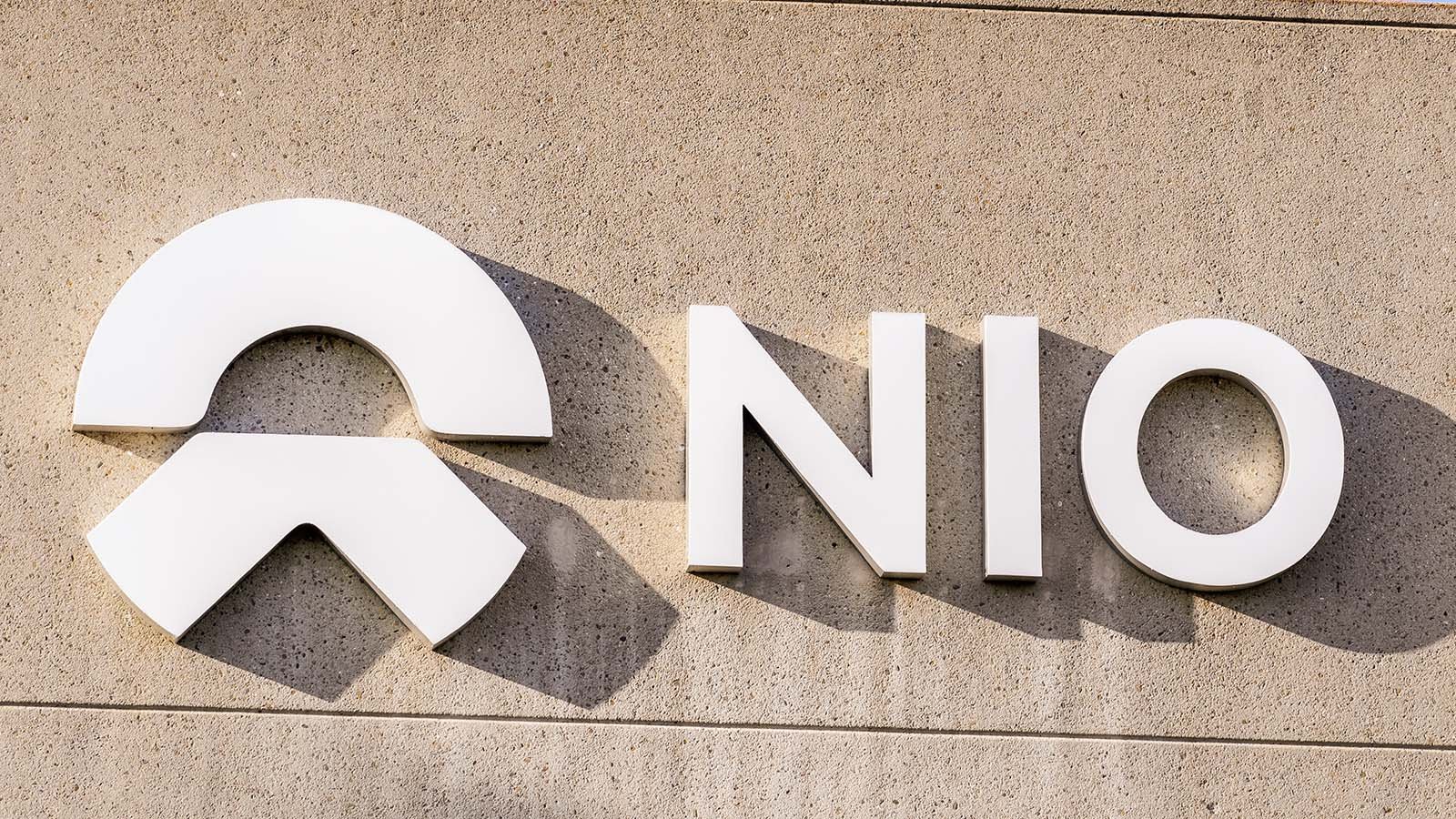Investors in Chinese electric vehicle (EV) group Nio (NYSE:NIO) stock have not had a good year so far in 2021. NIO stock hit a record high of $66.99 in early January and slumped to $30.71 in mid-May. It currently hovers around $41, down 16% year-to-date (YTD).

Nio has grown impressively since its foundation in 2014, and has positioned itself as a high-end EV player delivering luxury vehicles and enviable customer experiences, such as battery-as-a-service (BaaS). It is also an evolving player in autonomous driving systems.
The global EV market is currently around 4 million units a year. Yet it is anticipated to exceed 34 million units by 2030, growing at a compound annual growth rate (CAGR) of 26.8%.
Meanwhile, China, the largest EV market in the world, is expected to grow at double-digit rates during the decade. In the first eight months of this year, sales of passenger plug-in cars exceeded 1.6 million comprising 12.4% of the total market. According to InsideEVs, “the total plug-in car sales in China might reach about 2.5 million in 2021.”
Many investors regard Nio as the Tesla (NASDAQ:TSLA) of China. On a side note, TSLA stock, which has returned over 60% so far in 2021, recently hit a record high and reached a market capitalization (cap) of $1.17 trillion.
Therefore, shareholders wonder if NIO stock can also see a rally in the final weeks of the year. Today, we take a closer look at what investors could expect from the Chinese car maker. Given the strong fundamentals and reasonable growth strategies, long-term investors with a two- to three-year horizon could consider buying the shares around current level. Here’s why…
Nio’s Recent Production Numbers and Earnings
Coming back from the brink of bankruptcy in early 2020, Nio has had to work through Covid-19 related challenges in the past year. In addition, the ongoing chip shortage affecting the whole automotive industry is a concern for management. Yet, investors have been encouraged with the recent September sales figures, showing an impressive increase of 125.7% year-over-year (YOY) to 10,628 vehicles globally.
NIO’s second-quarter financial results, released in mid-August, were better than analysts’ expectations. Revenues soared 127.2% YOY to 8.45 billion RMB, or $1.31 billion. Non-GAAP net loss came in at 335.7 million RMB, or $52 million, which translated into a loss of 0.21 RMB or 3 cents per diluted share.
In the previous quarter year, adjusted net loss and loss per diluted share were 1.13 billion RMB and 1.08 RMB, respectively. Cash and short-term investment ended the quarter at 48.3 billion RMB ($7.5 billion).
On the results, CEO William Bin Li stated, “While the global supply chain still faces uncertainties, we have been working closely with our partners to improve the overall supply chain production capacity.”
When the group reports Q3 results in the coming days, the street will want to see how the chip shortage might affect deliveries in the months ahead. Investors will also be interested to know how the recent introduction of Nio in Norway is moving ahead. On Sept. 30, Nio launched “its smart electric flagship SUV, NIO ES8, for sale in Norway,” and opened the doors of NIO House Oslo.
Adding Nio Stock to Portfolios
NIO stock trades at 14.47 times trailing sales and 15.7x book value. Its consensus forward price-to-earnings (P/E) ratio stands at 153.85x. The stock might appear overvalued but EV stocks, in general, have frothy valuations, based on profitable growth prospects. For example, by comparison, its peers Tesla and BYD (OTCMKTS:BYDDY) currently trade at 142.86x and 93.46x forward earnings, respectively.
Given the fast adoption of EV’s globally, NIO offers solid growth potential in the long-term. Therefore, buy-and-hold investors who could tolerate some choppiness could consider buying the dips, especially if shares move toward $37 or even below.
Among 22 analysts polled, Nio stock has a buy rating. Also, the consensus is for a 12-month median price target of $58.70, implying a return of about 50% from current levels. The 12-month price range currently stands between $17.20 and $91.97.
Alternatively, investors could also consider an exchange-traded fund (ETF) that provides exposure to NIO and other EV stocks or high growth Chinese shares. Examples include the Invesco Golden Dragon China ETF (NASDAQ:PGJ), the KraneShares Electric Vehicles and Future Mobility Index ETF (NYSEARCA:KARS), and the Vanguard FTSE Emerging Markets Index Fund (NYSEARCA:VWO).
The Bottom Line on NIO Stock
Nio designs, joint-manufactures, and sells smart and connected EVs through its own sales network. In addition, Nio has the advantage of being a homegrown company. Chinese politicians are favoring national brands over names from outside the country.
The auto group’s recent entry into the European market via Norway could be a game changer for Nio stocks. The company also prepares to debut its ET7 electric sedan in Germany by late 2022. Looking forward, NIO plans to deliver three new models next year including ET7, a flagship premium smart electric sedan, and ET5, a medium-sized sedan.
For interested readers, investing in NIO stock comes with risks of political uncertainty in China, market turbulence and fierce competition. But for long-term investors confident in the growth of the EV industry, November might be a good time to invest in Nio shares.
On the date of publication, Tezcan Gecgil did not have (either directly or indirectly) any positions in the securities mentioned in this article. The opinions expressed in this article are those of the writer, subject to the InvestorPlace.com Publishing Guidelines.
Tezcan Gecgil, Ph.D., has worked in investment management for over two decades in the U.S. and U.K. In addition to formal higher education in the field, she has also completed all three levels of the Chartered Market Technician (CMT) examination. Her passion is for options trading based on technical analysis of fundamentally strong companies. She especially enjoys setting up weekly covered calls for income generation.
